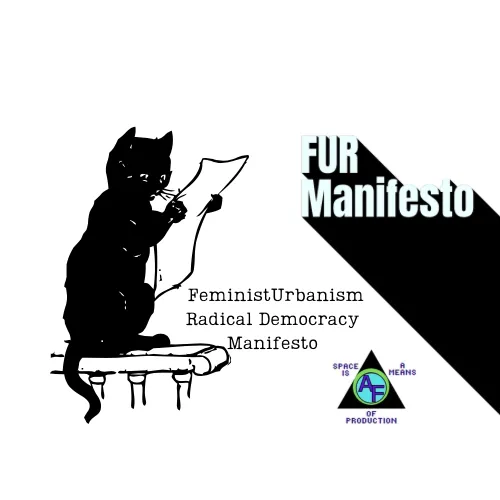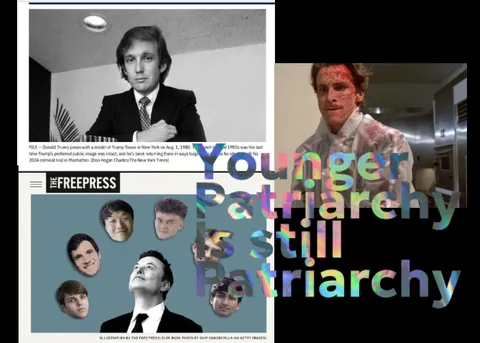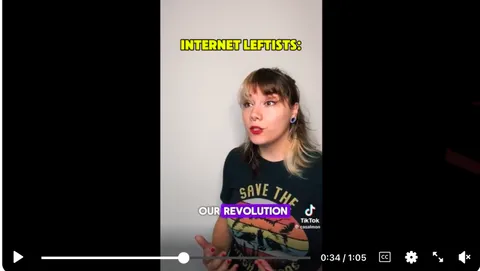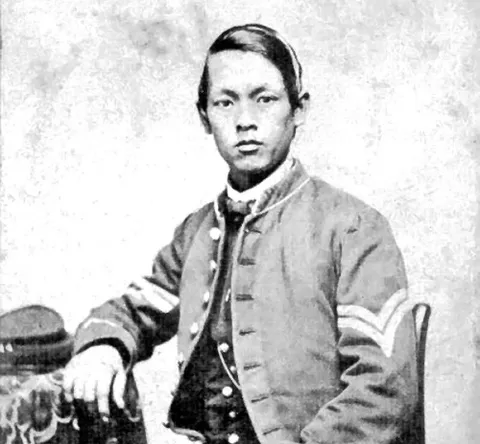I. Declaration of Principles
As a practitioner of feminist urbanism, I assert that the act of traversing the city—by bicycle, light rail, or other collective modes—is not merely a logistical choice but a political one. The streets we navigate, the infrastructures we inhabit, and the systems we endorse are inseparable from the project of democracy itself. Urbanism, in this framing, is not an end but a vehicle: a mechanism to dismantle hierarchies of space, gender, and power. However let us be unequivocal: the goal is not urbanism. The goal is a functioning and flexible democracy.
II. Urbanism as Praxis, Not Telos
Urbanism must be wielded in coalition with media, pedagogy, and policy to forge what Amartya Sen terms “the realization of human capabilities.” Here, we reject the Machiavellian dictum—“The ends justify the means”—as antithetical to democratic praxis. For Sen, democracy is both means and end: a process of continual negotiation that prefigures the society it seeks to create. The just city cannot emerge from unjust methods.
III. The Five Freedoms as Cartographies of Liberation
Functional and flexible democracy, as Sen articulates, demands five interdependent freedoms:
1. Political Freedoms: Equitable access to decision-making in the shaping of cities.
2. Economic Facilities: The abolition of spatial barriers to livelihood and resource distribution.
3. Social Opportunities: Infrastructure that enables education, healthcare, and cultural participation.
4. Transparency Guarantees: Accountability in governance, rendering power visible and contestable.
5. Protective Security: Safeguards against precarity—from displacement to environmental violence.
These freedoms are not abstract ideals—they are material conditions produced through urban systems. A bicycle lane becomes a site of political freedom when it redistributes mobility. A light rail network embodies economic facilities when it ruptures class-segregated geographies.
IV. Urbanism as Iterative Journey
Urbanism is neither a static blueprint nor a neutral technical discipline. It is a dialectical process—a journey—that demands we confront whom our cities exclude and whom they entrap. To ride a bicycle through hostile streetscapes, to demand transit equity, is to engage in the daily labor of democratizing space. It is essential to note that this labor is not an act of communing with “the people” for its own sake, nor a subcultural performance of solidarity. It is the deliberate, collective cultivation of infrastructures that prefigure democratic life.
V. Call to Coalition
Let us abandon the parochialism of siloed disciplines. Feminist urbanism, as a critical praxis, must intersect with media literacy to dismantle narratives of exclusion, with pedagogy to radicalize public imagination, and with jurisprudence to codify rights to the city. We reject the false binary between “ends” and “means.” The journey is the destination.
In Conclusion:
We ride not to fetishize mobility, but to mobilize democracy. We build not to sanctify urbanism, but to emancipate futures.
This will always be a draft in progress, a living manifesto to be adjusted as circumstances change. This initial iteration is inspired by the works of Amartya Sen, Iris Marion Young, Henri Lefebvre probably you, my cats Hobbes & Simone, and critical urban theory.






